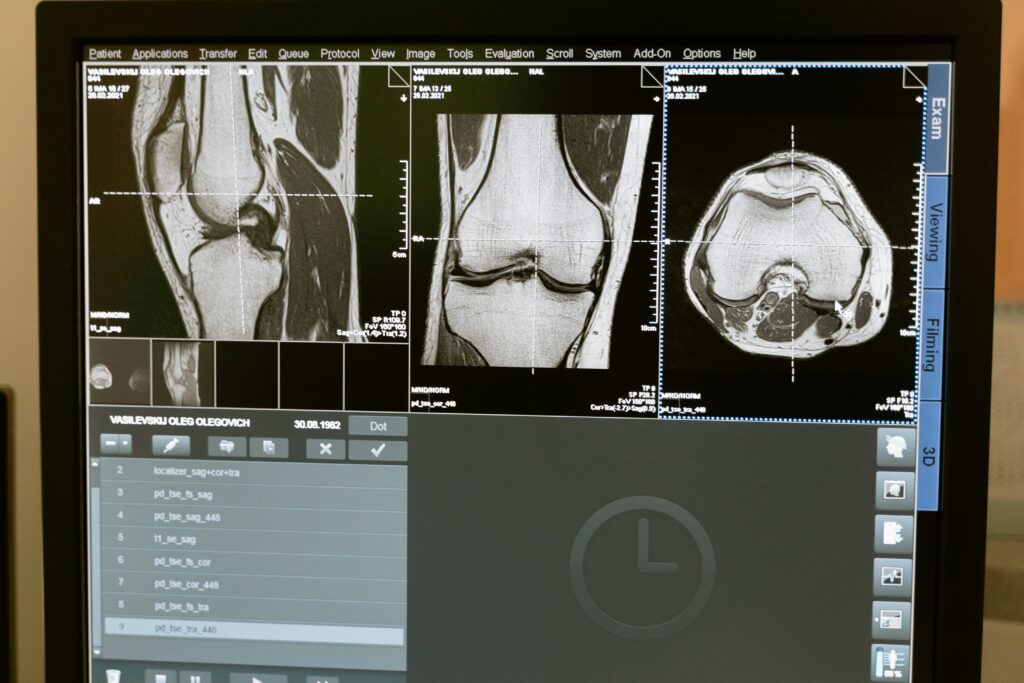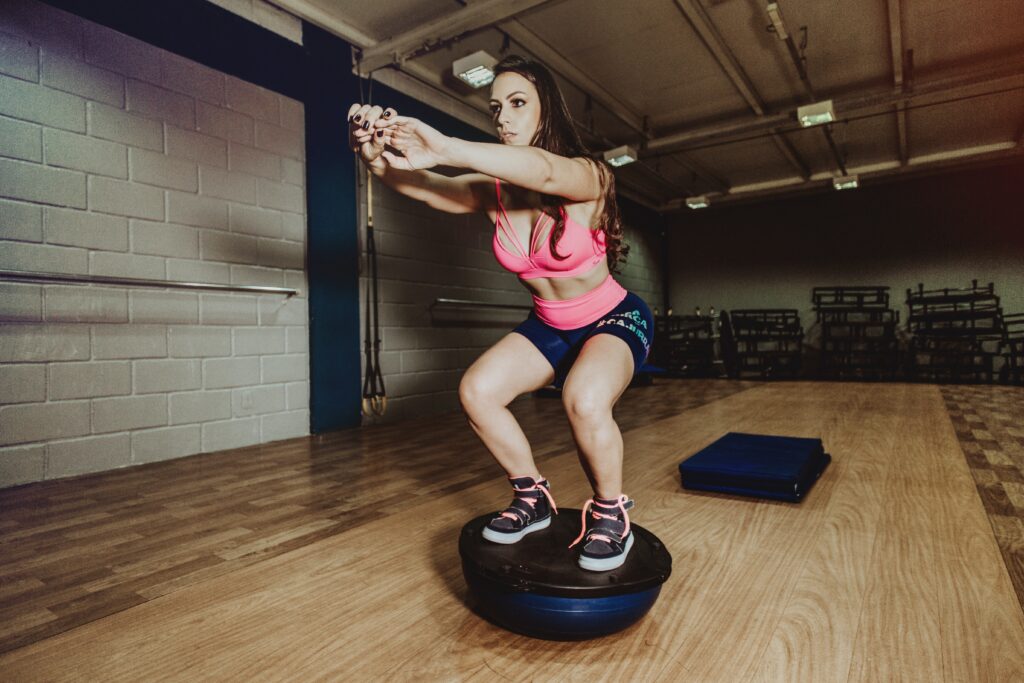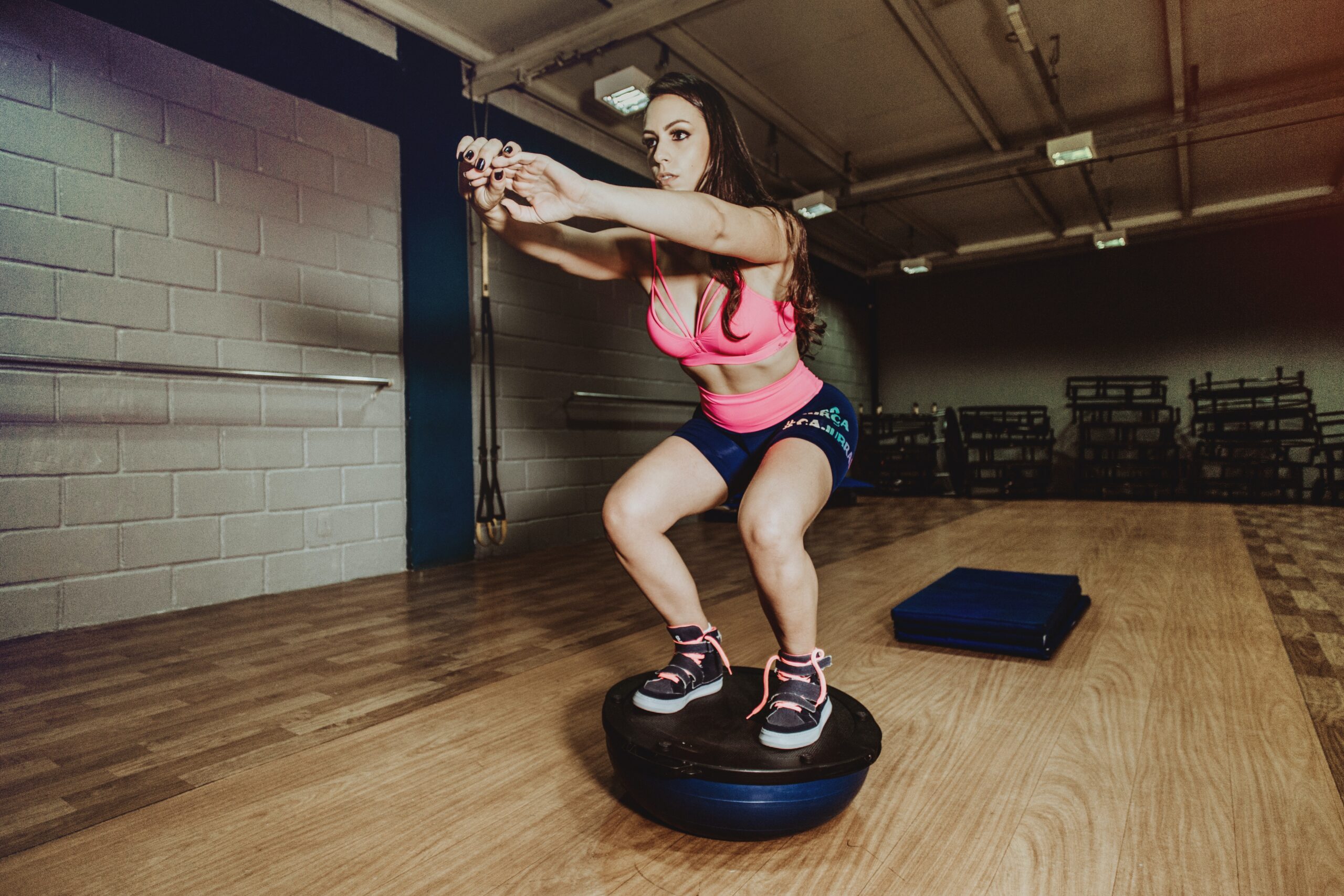Building stronger legs can significantly alleviate knee pain and improve overall joint health. By considering the angle of the knee and the amount of stress placed on it, individuals with knee issues such as arthritis and meniscus tears can engage in targeted strength training exercises. In this article, we will explore the benefits of stronger legs for reducing knee pain, the importance of knee angle and stress distribution, proprioception exercises using the Bosu ball, the significance of diagnostic imaging, challenges in meniscus healing, the potential of PRP and stem cell injections, the role of upper cervical chiropractic care in balancing the body, the importance of water intake for cartilage and meniscus health, and the overall importance of exercise for joint health, brain function, and longevity.
Exam and Diagnostic Imaging
Getting a problem knee examined and obtaining diagnostic imaging, such as X-rays or an MRI, is essential to understand the underlying condition of the knee. It provides valuable insights into the extent of the injury or arthritis and guides appropriate treatment and exercise recommendations. Consulting with a healthcare professional who can exam the knees and interpret the imaging results will ensure a targeted and safe exercise plan.

Strength Training Exercises for Knee Issues
Strength training exercises can be beneficial for individuals with knee arthritis and meniscus tears. Low-impact exercises such as leg presses, squats with proper form, and hamstring curls can help strengthen the surrounding muscles, reducing strain on the knees. Working with a qualified trainer or physical therapist is recommended to ensure exercises are tailored to individual needs and limitations
Knee Angle and Stress Distribution
Maintaining the appropriate knee angle and managing stress on the joint are crucial for reducing knee pain. Exercises that maintain a neutral knee alignment help minimize stress and prevent further damage. By ensuring that the knee stays aligned with the foot during exercises, excessive shearing forces are reduced, promoting knee stability and mitigating pain. The squat and the distance that the knees are anterior to the feet is something to pay attention to.
Proprioception Exercises and the Bosu Ball
Proprioception exercises play a crucial role in strengthening the knees and improving joint stability. These exercises enhance the body’s awareness of its position in space, improving balance and reducing the risk of falls or movements that exacerbate knee issues. Incorporating a Bosu ball into proprioception exercises introduces instability, activating the muscles around the knee joint and enhancing knee stability.

Challenges in Cartilage and Meniscus Healing and Therapeutic Interventions
Meniscus healing is challenging due to limited direct blood supply. However, innovative treatments such as platelet-rich plasma (PRP) and stem cell injections show promise in assisting with healing and regeneration. PRP therapy involves injecting a concentration of growth factors derived from the patient’s own blood. These therapies aim to stimulate the natural healing mechanisms and promote cartilage and meniscus recovery.
Upper Cervical Chiropractic Care for Balance and Weight Distribution
Upper cervical chiropractic care focuses on balancing the body and evenly distributing weight to reduce strain on one knee. By addressing potential misalignments in the upper cervical spine, chiropractors optimize nervous system function, positively impacting muscle coordination and overall balance. Better alignment reduces the risk of uneven wear and tear, minimizing knee issues.
Importance of Water Intake
Proper water intake is essential for maintaining the health of cartilage and the meniscus. Hydration ensures these tissues receive the necessary nutrients for repair and regeneration. Adequate water intake also aids in joint lubrication, reducing friction and promoting overall joint health.

Exercise for Joint Health, Brain Function, and Longevity
Regular exercise is crucial for overall health, joint function, brain function, and longevity. Exercise promotes the production of synovial fluid, which lubricates joints and reduces stiffness. It also strengthens muscles, tendons, and ligaments, supporting joint stability. Furthermore, exercise enhances brain function, reduces the risk of chronic diseases, and contributes to a longer, healthier life.
Building stronger legs through targeted exercises can significantly alleviate knee pain and improve joint health. Considering the knee angle and stress distribution during exercises, incorporating proprioception exercises with the Bosu ball, obtaining diagnostic imaging for precision, exploring therapeutic interventions, such as PRP or stem cell injections, considering upper cervical chiropractic care for balance, and maintaining proper water intake are essential supportive measures. Additionally, regular exercise has wide-ranging benefits for joint health, brain function, and longevity. Consult with healthcare professionals or physical therapists to design an individualized exercise plan that best suits your needs and limitations. By prioritizing leg strength and overall fitness, you can effectively manage knee issues and enjoy a healthier, pain-free lifestyle.
